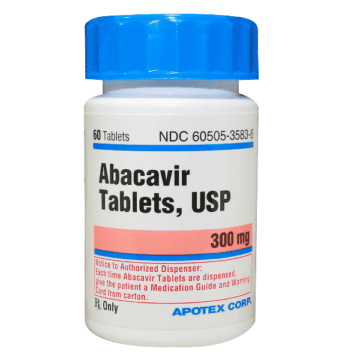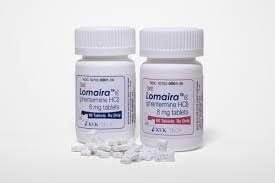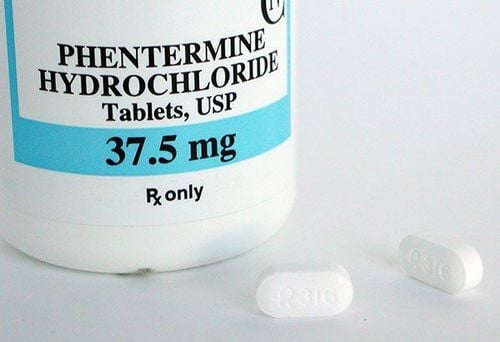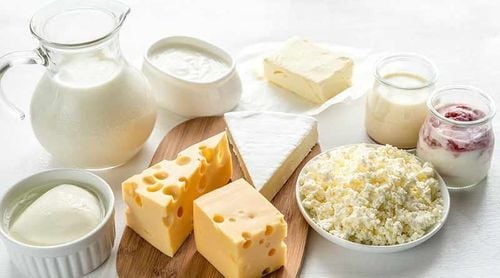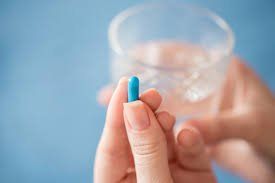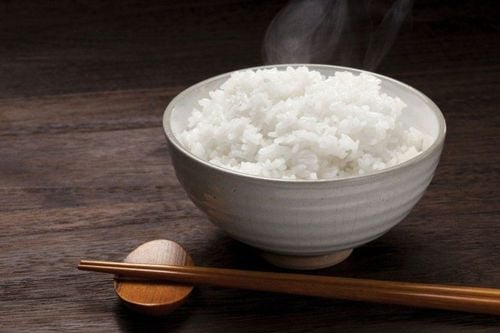This is an automatically translated article.
A 2,000-calorie diet is considered standard for most adults, as it is sufficient to meet most basic energy and nutritional needs. So what foods does a 2,000-calorie diet include and what is the menu like?
1. Why is 2,000 calories generally considered the norm?
Although nutritional needs vary from person to person, 2,000 calories is generally considered the norm. To calculate this calorie intake, experts took into account the nutritional needs of most adults and used it for meal planning purposes according to the 2015-2020 Dietary Guidelines.
In addition, these calories are used as a benchmark for creating nutrition label recommendations.
In fact, all nutrition labels have the phrase: Daily Values based on a 2,000-calorie diet. The daily nutritional value may be higher or lower depending on individual calorie needs.
2. How many calories are enough?
Calories provide the energy needed by the body to maintain life. Because each person has a different lifestyle and lifestyle, it leads to different calorie needs.
Depending on activity level, it is estimated that adult females need 1,600-2,400 calories per day and adult males 2,000-3,000 calories.
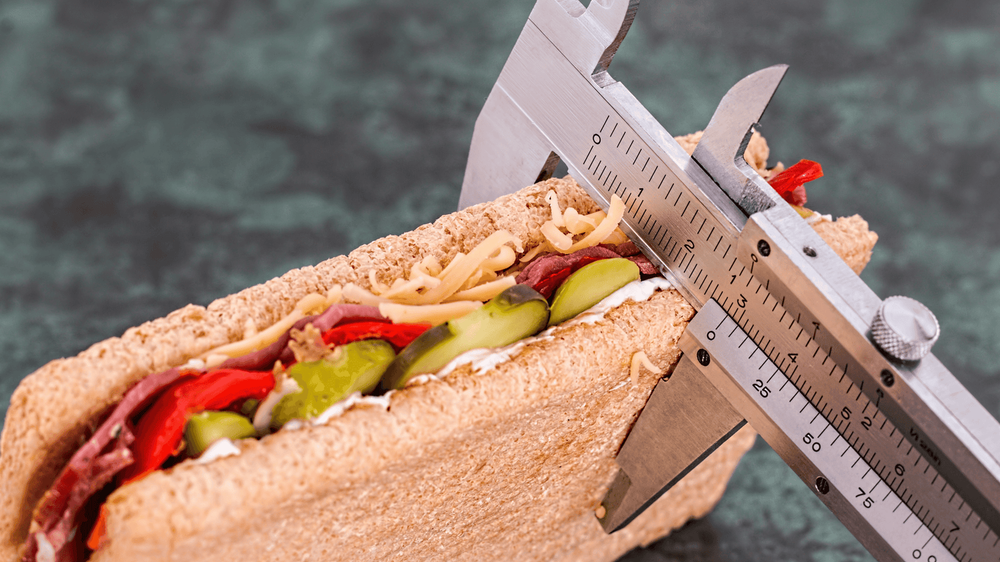
Mỗi người có nhu cầu calo khác nhau
In addition, individuals who are in the growth phase, such as pregnant women and adolescents, often need more than 2,000 calories per day.
When the number of calories burned is more than you consume, a calorie deficit occurs, resulting in weight loss.
Conversely, you can gain weight when you consume more calories than you burn. Unchanging weight occurs when both numbers are equal. Therefore, depending on your weight goals and activity level, the number of calories you need will vary.
3. Foods to Eat in a 2000 Calorie Diet
A healthy and balanced diet that includes plenty of whole, unprocessed foods. The source of calories is just as important as how many calories are consumed.
In each meal, you should focus on foods rich in protein and fiber, such as fruits, vegetables and whole grains such as:
Whole grains: brown rice, oats, bulgur wheat, quinoa, farro seeds, millet, etc. Fruits: berries, peaches, apples, pears, melons, bananas, grapes, etc. Non-starchy vegetables: kale, spinach, pepper, zucchini, broccoli, bok choy, collard greens, tomatoes, broccoli, etc. Starchy vegetables: butternut squash, sweet potatoes, winter squash, potatoes, peas, bananas, etc. Dairy products: reduced or full-fat plain yogurt, kefir yogurt, and full-fat cheese.
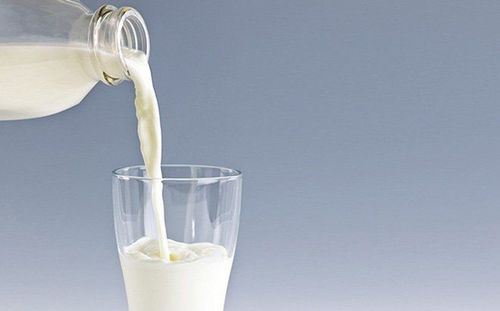
Các sản phẩm từ sữa là nguồn thực phẩm giàu protein và chất xơ
Lean meat: turkey, chicken, beef, lamb, bison, veal, etc. Nuts: almonds, cashews, macadamia nuts, hazelnuts, sunflower seeds, pine nuts and natural avocados Fish and seafood: tuna, salmon, halibut, scallops, shrimp, etc. Legumes: chickpeas, black beans, cannellini beans, red beans, lentils, etc. Eggs: organic eggs, the healthiest and most nutritious whole eggs Plant proteins: tofu, edamame, chickpeas, seitan, plant-based protein powder, etc Healthy fats: avocado, coconut oil, avocado oil, olive oil, etc. Spices: ginger, turmeric, black pepper, red pepper, paprika, cinnamon, nutmeg, etc. Herbs: parsley, basil, dill, coriander, oregano, rosemary, etc. Calorie-free drinks: black coffee, tea, carbonated mineral water, etc. Studies show that adding extra protein to meals and snacks can create feelings of fullness, aid in weight loss and weight maintenance. In addition, you need to monitor the right carb intake and choose the type of carbs that can help maintain weight.
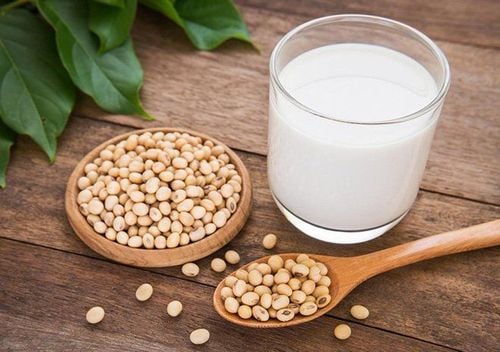
Bổ sung protein từ hạt đậu nành giúp tạo cảm giác no lâu và duy trì cân nặng
4. Foods to Avoid
It is best to avoid foods that provide little or no nutritional value, also known as empty calories. These are often foods that are high in calories and added sugar but low in nutrients.
Here is a list of foods to avoid or limit in your diet, regardless of your calorie needs:
Added sugars: organic agave sugar, baked goods, ice cream, candy, etc. and should limit added sugar to less than 5-10% of total daily calories. Fast food: fries, hot dogs, pizza, etc. Processed and Refined Carbs: bagels, white bread, crackers, chips, sugary cereals, etc. Fried foods: fried chicken, donuts, chips, fried fish, etc. Soda and food sugary drinks: sports drinks, sugary juices, sodas, fruit juices, sweet teas and coffees, etc. Diet products and low-fat foods: diet ice cream, packaged meals and meals frozen and artificial sweeteners, such as Sweet'n Low, etc. While most diets should include whole, unprocessed foods, it's okay to indulge in less-than-healthy foods from time to time.
However, regularly eating the foods on the above list can not only be bad for your health, but also delay or hinder weight loss.
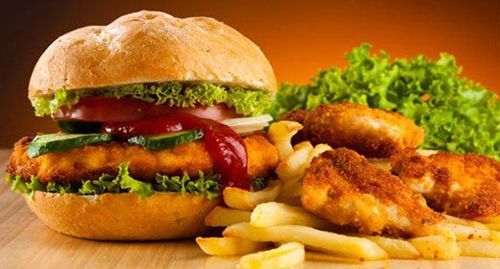
Các món ăn nhanh đều gây ảnh hưởng không tốt cho sức khỏe
5. Sample menu
Below is a one-day meal plan with about 2,000 calories. Each meal contains about 500 calories and a snack about 250 calories.
Breakfast
2 eggs 1 cup (20 grams) spinach 1/4 cup (24 grams) mushrooms 1/4 cup (23 grams) broccoli 1 cup (205 grams) sweet potatoes 1 tablespoon (15 ml) olive oil Breakfast Snack :
1 medium-sized apple 2 tablespoons (32 grams) peanut butter Lunch
1 slice of 5-ounce (140-gram) whole-wheat pita bread, canned tuna, chopped onions and celery 1/4 avocado 1 tablespoon (9 grams) feta Afternoon snack
2 ounces (56 grams) cheddar cheese 1 cup (92 grams) grapes Dinner
5 ounces (140 grams) grilled salmon 2 tablespoons (30 ml) olive oil 1/2 cup (82 grams) cooked rice 1 cup (180 grams) asparagus 1 cup (100 grams) eggplant Source: healthline.com




